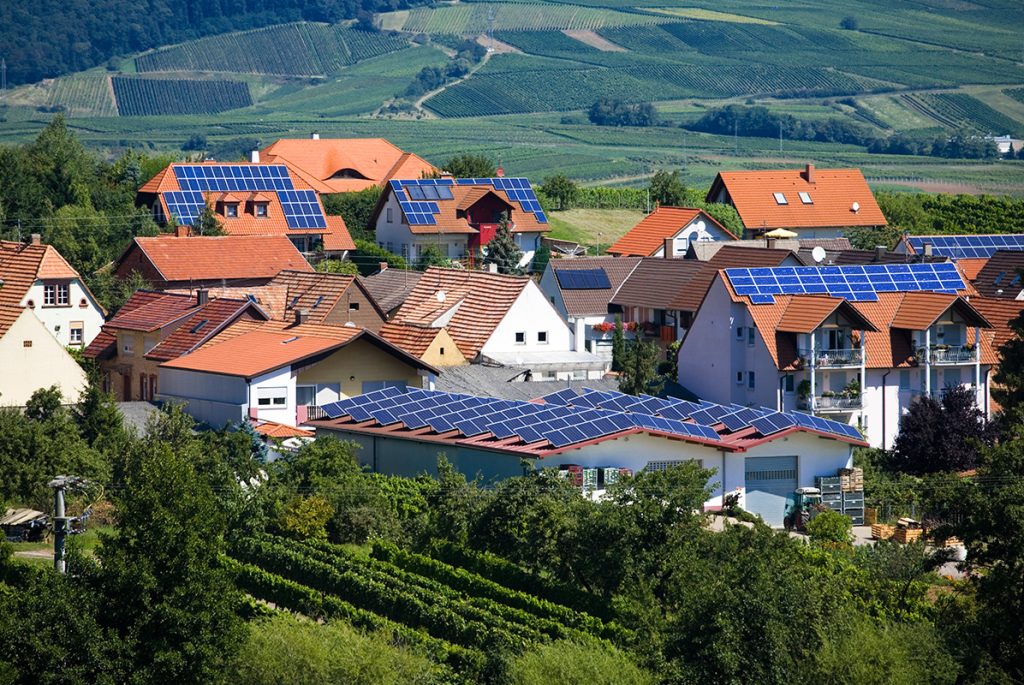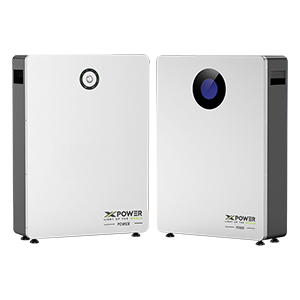Solar Shingles or Solar Panels: Which is Right for Your Home?
Time of Release : 2024-07-19
About the Author:
Welcome! I am honored to introduce our brand — Xpower, the author behind this friendly guide to solar cell technologies. With over 15 years of experience in the solar photovoltaic (PV) industry, Xpower bring a wealth of knowledge and expertise to the table.
Xpower as a manufacturer and exporter in the field of solar energy, through years of hands-on experience, we have witnessed the evolution of solar cell technologies and the transformative impact they have had on the renewable energy landscape.

Table of Contents
Renewable energy is becoming increasingly popular as people look for ways to reduce their carbon footprint and save money on energy costs. Solar power is one of the most accessible forms of renewable energy, and with advancements in technology, there are now two primary options for residential solar: solar shingles and solar panels. But which one is right for your home? In this post, we’ll explore the differences between solar shingles and solar panels to help you make an informed decision.
What are Solar Panels?
Solar panels, also known as photovoltaic (PV) panels, are the most common type of residential solar power systems. They are installed on the roof and connected to the home’s electrical system. Solar panels are made up of photovoltaic cells that convert sunlight into electricity. An inverter is then used to convert the direct current (DC) electricity generated by the panels into usable alternating current (AC) electricity for the home’s use.
Solar panels come in various types, including monocrystalline, polycrystalline, and thin-film solar panels. Monocrystalline panels are known for their high efficiency and sleek, black appearance, while polycrystalline panels are a more affordable option with slightly lower efficiency. Thin-film panels are lightweight and flexible, making them suitable for certain installation scenarios.
What are Solar Shingles?
Solar shingles, also known as building-integrated photovoltaics (BIPV), are a more recent technology that offers a more aesthetic solution. Solar shingles are designed to look like traditional asphalt shingles or roofing tiles and can be installed on either a section of the roof or the entire roof. Solar shingles convert sunlight into electricity just like solar panels, but they are a part of the roof and serve as a replacement for traditional roofing materials.
These shingles come in a variety of styles and colors to match different roof designs and aesthetics. They are designed to be as durable as traditional roofing materials while generating electricity from the sun.

The Differences between Solar Panels and Solar Shingles
1. Aesthetics
Solar panels are typically larger and more noticeable than solar shingles. Solar shingles are designed to blend in with the existing roof and have a more streamlined appearance. For homeowners who are concerned about maintaining the aesthetic appeal of their home, solar shingles can be a more attractive option.
2. Efficiency
Solar panels are generally more efficient than solar shingles, with a higher energy output per square foot. This means that solar panels may be a better choice for homes with limited roof space or those looking to maximize energy production. However, advancements in solar shingle technology have improved their efficiency in recent years, making them a viable option for many homeowners.
3. Installation
Solar panels require a racking system to be installed on the roof to hold the panels in place. This means additional structural support may be needed to accommodate the weight of the panels. Solar shingles, on the other hand, are installed directly onto the roof like traditional roofing materials and require less structural support. This can simplify the installation process and potentially reduce installation costs.
4. Cost:
Solar panels are generally cheaper per watt than solar shingles. However, solar shingles can be a better value if your roof needs to be replaced or if you are looking for a more aesthetic solar solution. By combining the cost of a new roof with the cost of solar panels, solar shingles can offer a cost-effective alternative.
Which One is Right for Your Home?
Choosing between solar shingles and solar panels depends on your specific needs, budget, and aesthetic preferences. If you value efficiency above all else, solar panels may be the best choice, especially if you have ample roof space to accommodate them. However, if you are looking for a solar solution that blends in naturally with the existing roof, is a good long-term investment, or if your roof needs replacement, solar shingles might be the way to go.
It’s important to consider the specific energy needs of your home, the available roof space, and the condition of your existing roof when making this decision. Speaking with a qualified solar installer or energy consultant can help you assess which option will be the most beneficial for your home.
FQA
Can solar shingles withstand harsh weather conditions?
Solar shingles are designed to be as durable as traditional roofing materials and are built to withstand harsh weather conditions, including heavy rain, hail, and wind. They are tested against industry standards to ensure their durability. However, it’s always recommended to consult with a professional installer to discuss the best option for your specific climate and weather conditions.
How long do solar shingles and solar panels last?
Solar shingles and solar panels are built to last for many years. Typically, solar panels can have a lifespan of 25 to 30 years, while solar shingles have a similar lifespan of 20 to 25 years. However, with proper maintenance and care, they can often continue to generate electricity beyond their expected lifespan.
Are solar shingles or solar panels eligible for government incentives or tax credits?
Both solar shingles and solar panels can be eligible for government incentives and tax credits that promote renewable energy adoption. These incentives vary depending on your location, so it’s advisable to check with your local government or a solar installation professional to understand the incentives available to you and how they apply to solar shingles and solar panels
Can solar shingles be installed on an existing roof?
Solar shingles can be installed on an existing roof, provided the roof is in good condition and structurally sound. However, it’s important to have a professional assessment to ensure that the roof can support the weight of the solar shingles and determine any necessary modifications for a successful installation.
Can solar shingles and solar panels work in areas with limited sunlight?
Solar shingles and solar panels can still generate electricity even in areas with limited sunlight. While they perform optimally in direct sunlight, they can still produce electricity in overcast or cloudy conditions. However, the energy output may be lower compared to sunny conditions. It’s important to assess the average sunlight availability in your area to determine if solar energy is a viable option for your home.
Conclusion
In conclusion, both solar shingles and solar panels are excellent options for homeowners looking to invest in renewable energy. Whether you choose solar panels or solar shingles depends on your unique needs and personal preferences. Make sure to do your research and consult with a trusted solar contractor to find the best fit for your home and budget. With their ability to reduce energy costs and carbon footprint, solar energy solutions are a valuable investment for any homeowner.





